Cloud Forest en Perú - Alvaro Bueno
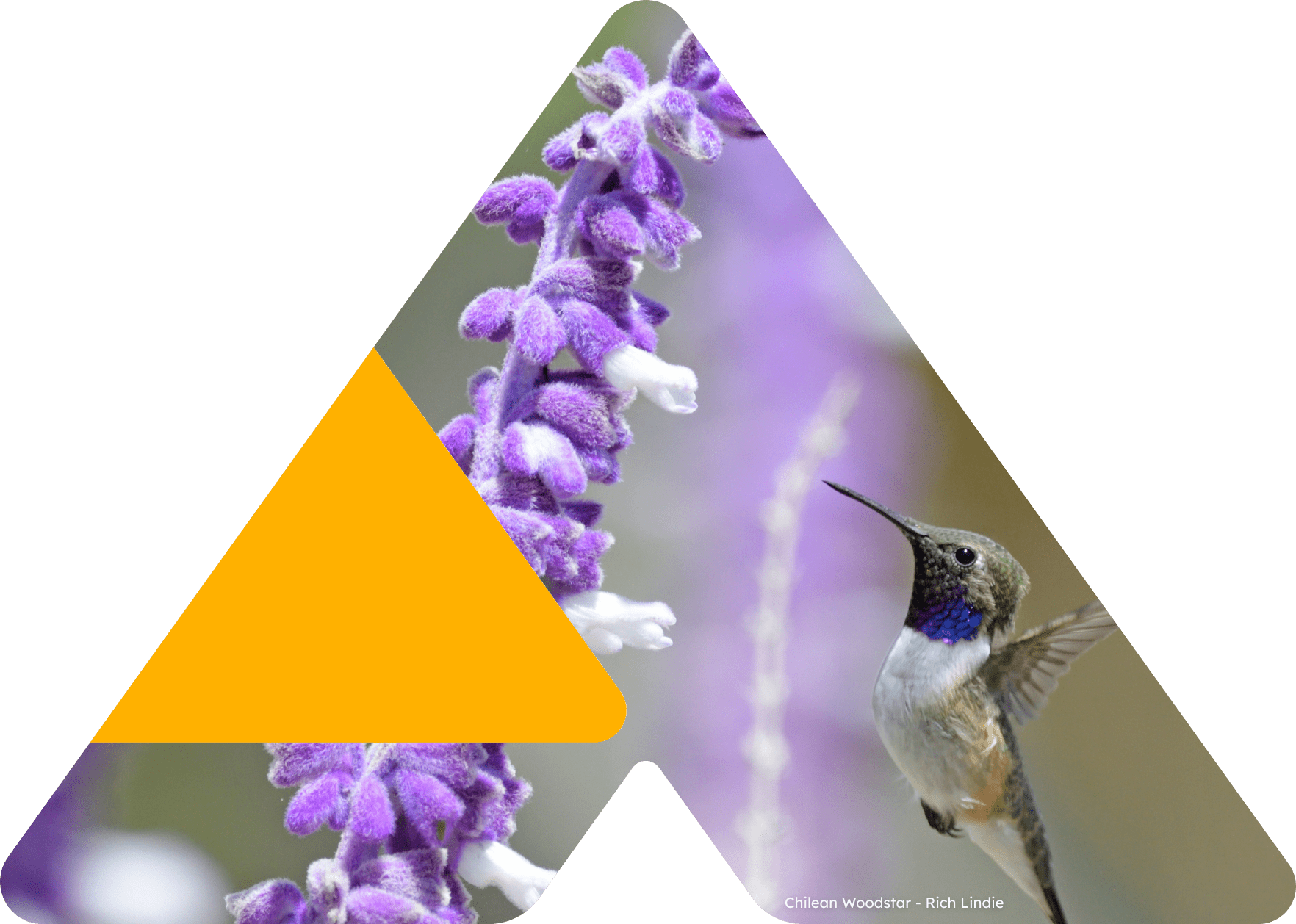
Protected areas are an effective strategy for safeguarding territories of life. Throughout the Americas, there are conservation gaps or unprotected areas along the migratory routes of birds, posing a critical risk to over 2,000 bird species. Approximately 11% of birds in the Tropical Andes and the entire Neotropical region are threatened.
Conserva Aves will rapidly and extensively protect forests, grasslands, savannas, and wetlands that are Key Biodiversity Areas (KBAs) and climate refugees.
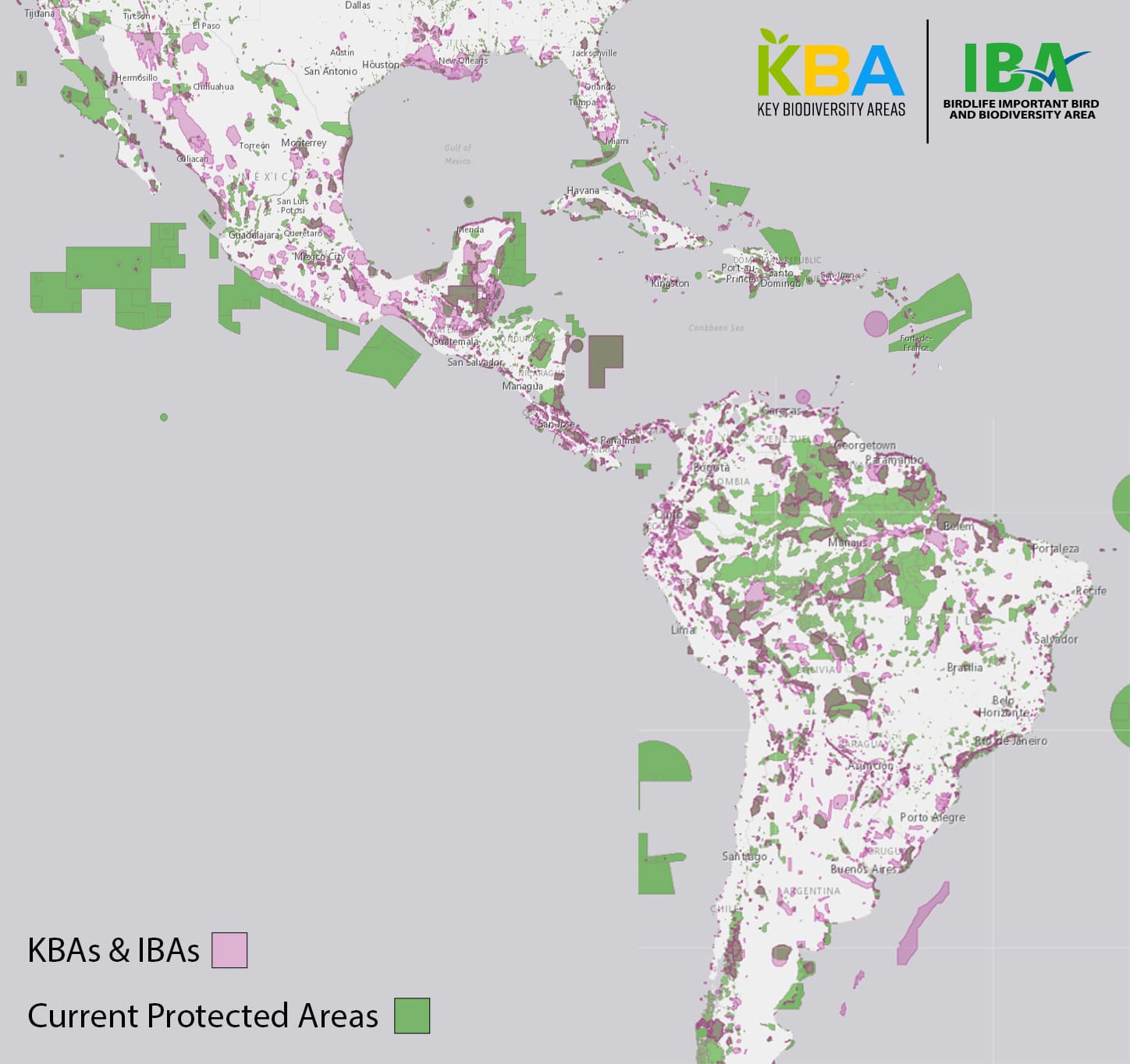
The appropriate creation and management of territories of life enable nature conservation and promote sustainable, harmonious, and responsible livelihoods. Conserva Aves is a crucial ally for the involved countries to achieve their commitment to protect at least 30% of their territories by 2030.
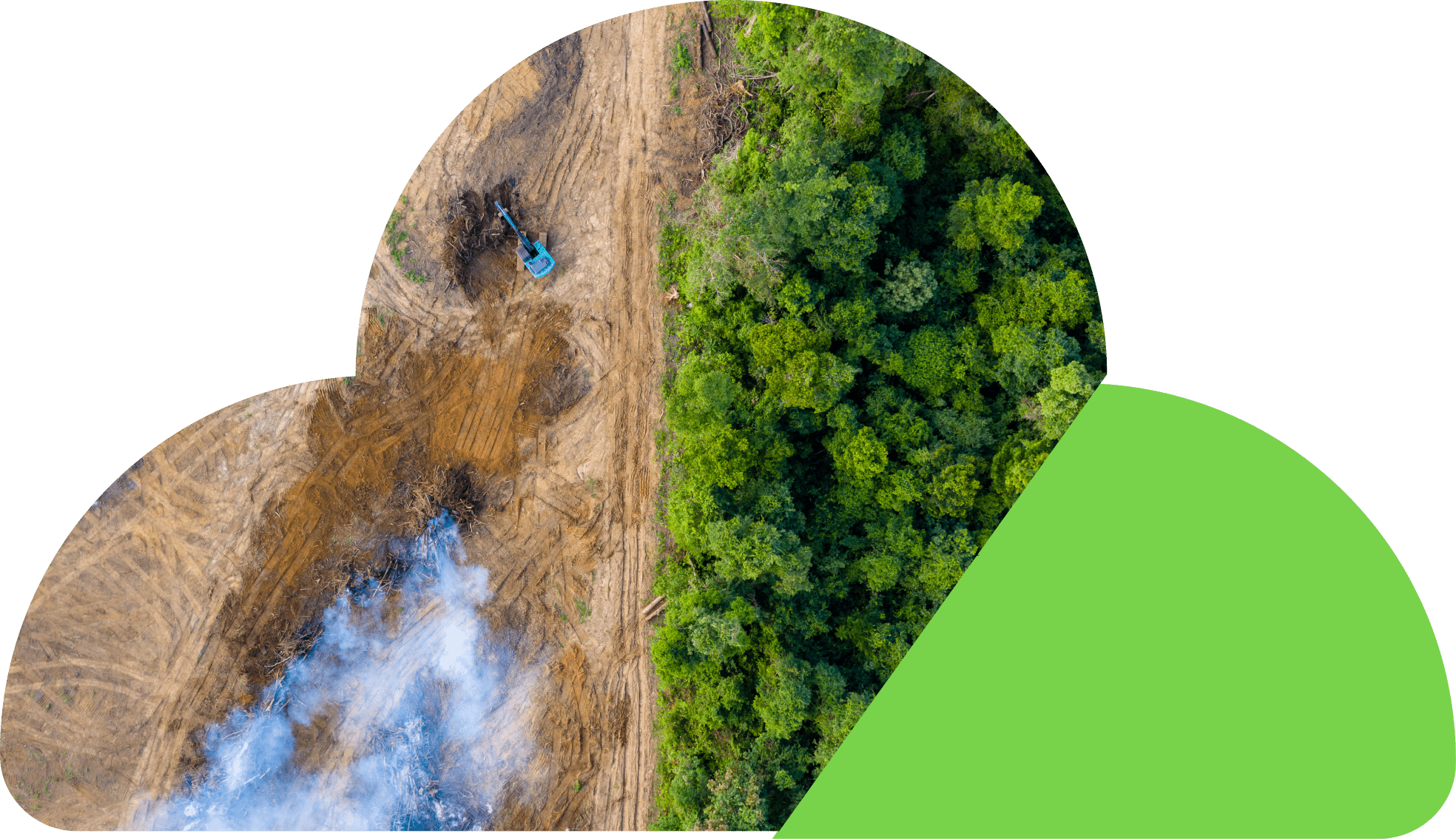
Aerial view of deforestation - Richard Whitcombe
American Bird Conservancy is an organization devoted to conserving wild birds and their habitats throughout the Americas. It addresses the most prominent issues faced by birds today, innovating and harnessing advances in science to halt species extinction, protect habitats, eliminate threats, and build capacity for bird conservation. It is a member of BirdLife International in the United States.
https://abcbirds.org/
As a leader in bird conservation in the Americas, Audubon has offered cutting-edge science for more than a century to undertake high-impact conservation actions throughout the hemisphere. Audubon's mission is to conserve and restore natural ecosystems, focusing on birds, other living beings, and their habitats to benefit humanity and the Earth's biodiversity. With 1.8 million members and a staff of more than 700 people, Audubon has a proven track record of developing and managing large-scale projects at local, national, regional, and hemispheric levels.
https://www.audubon.org/es/conservaci%C3%B3n/americas
BirdLife International is the world's oldest and largest international partnership for nature conservation. It has 119 passionate and committed partners across the globe who work under a local approach with a global impact to protect birds, their habitats, biodiversity, and people. It has six regional offices (Quito, Brussels, Amman, Nairobi, Singapore, and Suva) and a global office in Cambridge, UK.
http://www.birdlife.org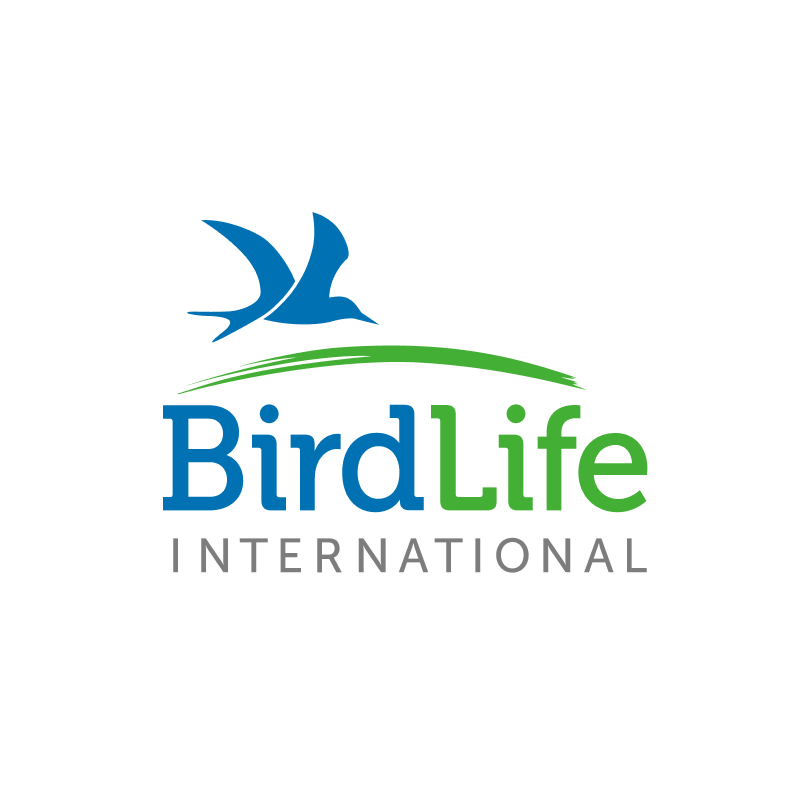
Birds Canada is a national charitable organization dedicated to bird conservation since 1960. Our mission is to drive action to increase the understanding, appreciation, and conservation of birds. Every day, thousands of caring donors, passionate staff, and more than 74,000 volunteers are taking action to help save wild birds and their habitats. Nearly, 80% of birds that breed in Canada spend over half their lifecycle outside our borders, making international collaborations critical to ensure they are protected. Together, we are Canada’s voice for birds.
https://www.birdscanada.org/
RedLAC promotes relations among Latin American and Caribbean environmental funds and provides practical learning, capacity building, training, and cooperation. Today, RedLAC has 28 member funds distributed in 19 countries. This community of environmental funds strengthens its members' capacities to achieve environmental conservation and sustainable development. RedLAC members are leaders in developing financial mechanisms and generating measurable impacts at a local, regional, and global scale.
http://www.redlac.org


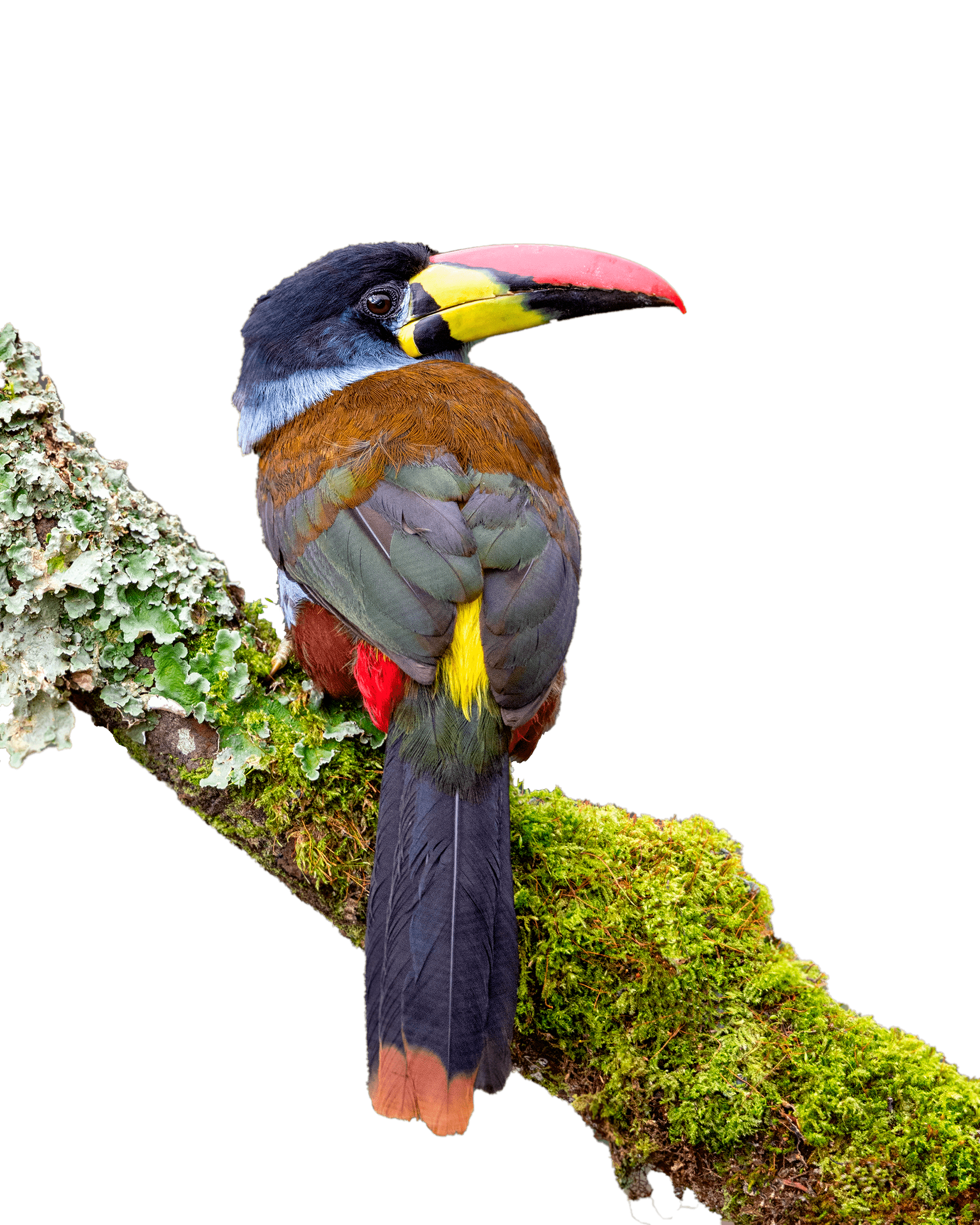
Conserva Aves is the protection of territories of life. It is an innovative, bold, and visionary conservation initiative with medium and long-term goals to benefit threatened, endemic and migratory birds and their habitats throughout Latin America and the Caribbean.
It is an inclusive strategy for conservation and the fight against climate change through a strategy of protected areas for the benefit of birds, biodiversity, and of present and future generations.
Conserva Aves will promote the creation, consolidation, management, and strengthening of 100 or more new local strategic protected regional, municipal, ethnic and private territories at the subnational level. Two million hectares and nine Latin American countries will be at the center of this initiative (Mexico, Guatemala, Belize, Panama, Colombia, Ecuador, Bolivia, Peru, and Chile) to be implemented between 2022 and 2028.
One of its main pillars is the active engagement of civil, public, and private stakeholders to work together in the sustainable management of subnational protected areas. This approach will also enhance at least two million hectares of protected areas.
Conserva Aves focuses on priority places for the conservation of globally and nationally threatened resident and migratory bird species, including forests, grasslands, wetlands, and other habitats. These sites are not only crucial for the breeding, feeding, and resting of birds, but they are also home to one of the highest levels of biodiversity on Earth.
Protected areas are an effective strategy for conservation, as well as mitigation, and adaptation to climate change, ensuring a great return on investment. The proper management of these geographical spaces allows linking scientific research, long-term preservation of ecosystems, biodiversity, environmental services, cultural values, awareness, environmental education, tourism, and recreation, among others.
Conserva Aves is led by American Bird Conservancy, Audubon, BirdLife International, and the Red de Fondos Ambientales en Latinoamérica y el Caribe (RedLAC). Together they seek to promote climate resilience and sustainable development and consolidate strategic knowledge and experience crucial to implementing and scaling this initiative for the benefit of life.
American Bird Conservancy is an organization devoted to conserving wild birds and their habitats throughout the American continent. It addresses the most significant issues faced by birds today by innovating and harnessing advances in science to halt species extinction, protect habitats, eliminate threats, and build capacity for bird conservation. It is a member of BirdLife International in the USA.
Audubon’s mission is to preserve and restore natural ecosystems, focusing on birds, their habitats, and other living beings in the hemisphere to benefit humanity and the Earth’s biodiversity. Founded in 1905 in the United States, it is one of the oldest non-profit conservation organizations in the world. It is a member of BirdLife International in the USA.
BirdLife International is the oldest and largest international alliance for the conservation of nature on the planet. It has 119 partners globally who work with passion and commitment under a local approach with a global impact to protect birds, their habitats, biodiversity, and people. It has six regional offices (Quito, Brussels, Amman, Nairobi, Singapore, and Suva) and a global office in Cambridge, UK.
RedLAC promotes relations among environmental funds of Latin America and the Caribbean and provides an effective system for learning, capacity building, training, and cooperation. Currently, RedLAC has 27 member funds from 20 countries in the region. This community of environmental funds strengthens its members’ capacities to achieve environmental conservation and sustainable development. RedLAC members are leaders in developing financial mechanisms and generating measurable impacts at a local, regional and global scale.
Conserva Aves takes inspiration from Conserva Colombia, a program developed between 2009 and 2017 to promote and facilitate the creation of protected areas in underrepresented ecosystems in the country. The program successfully created 95 new protected areas in Colombia.
Conserva Aves enhances, adapts, and scales this strategy at the hemispheric level. Its innovative approach to conservation has gained the support of different funds. With USD 14 million of seed, it will aim at protecting the Tropical Andes’s biological, environmental and cultural wealth.
Thanks to their practically global distribution and their extraordinary sensitivity to changes in their environment, birds are excellent bioindicators of the health status of nature. In addition, they are guardians of life, and by protecting them, we guarantee the conservation of many other plant and animal species.
Throughout the entire hemisphere, there are eight main bird migration routes. Unfortunately, there are conservation gaps or unprotected areas along these routes, endangering more than 2,000 bird species. The main threats in these unprotected territories come from human activities that cause habitat destruction and change land use.
Nearly 11% of the birds of the Tropical Andes are under some degree of threat. Rapid, scalable, and practical actions must be implemented to safeguard this biological, cultural, and economic heritage. For this reason, Conserva Aves will focus on priority places for the conservation of birds and biodiversity in this strategic region.
The commitment from two key stakeholders:
From the business and industry sectors, commitment and responsibility through donations to increase the number of protected areas.
And from NGOs, community, and environmental organizations: experience, technical capacity, and the availability of at least 100 hectares to facilitate the development of effective and sustainable protected area conservation projects.
Conserva Aves is an initiative open to public and private institutions and community or civil society organizations. They can invest resources or structure sustainable projects aimed at subnational protected areas with a four-year projection.
Each country will have an open call for proposals. These projects will cover public, communal, and private lands. Committees will choose them through an evaluation process with structured technical and financial criteria. National partners will be in charge of managing and verifying the technical feasibility and sustainability of the conservation proposals.
The national partners of the initiative will collect information on the progress and impacts of the projects to: